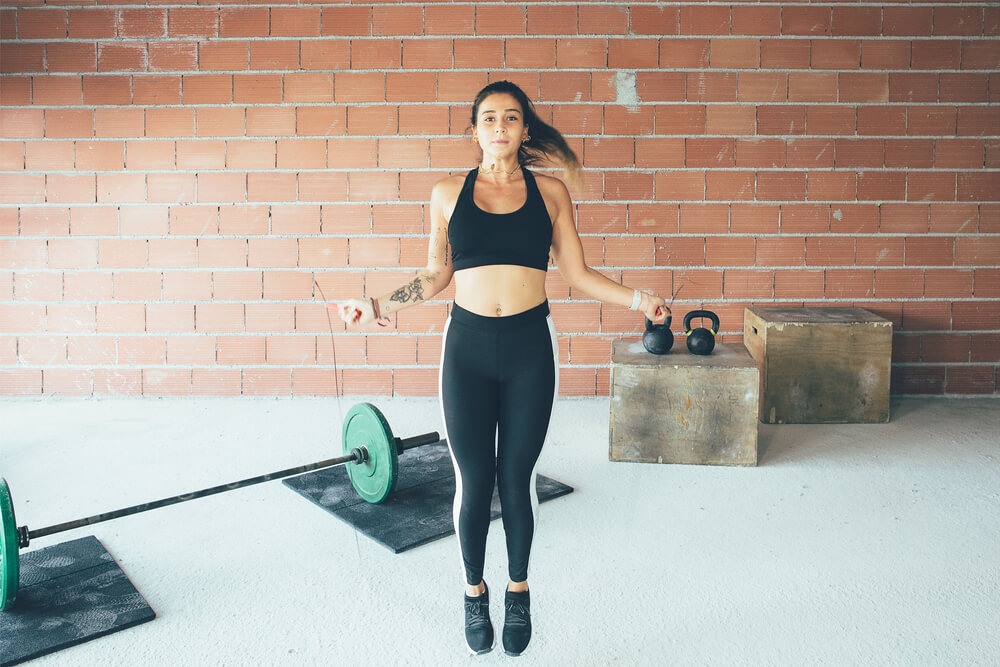There are many parts of the body that we think of as being closely linked. The wrist and hand are one example. Likewise, anyone who has felt lower back and buttock pain can tell you how closely these two areas are linked.
Experiencing discomfort in the lower back and buttock area can significantly impact your day-to-day life, making even simple tasks feel daunting. medical studies report that about 31 million Americans have lower back pain at any given time. If you’ve been feeling pain specifically in your right buttock cheek, know that you’re not alone, and there are reasons behind this discomfort.
Physical therapy offers more than just temporary relief; it aims to treat the underlying causes of your pain through a holistic lens. Whether your discomfort stems from muscle strain, sciatica, or sacroiliac joint dysfunction, physical therapy can provide the targeted care necessary to alleviate pain and prevent future occurrences.
The Connection Between Your Lower Back and Buttocks
Your lower back and buttocks work together to support a range of movements. Pain in these areas often signals an imbalance or strain that’s worth paying attention to. Specifically, discomfort in the right buttock cheek can arise from various sources, each requiring its unique approach to care.
Two common causes of lower back and buttock pain
The lumbar region and buttocks are both complex structures, and their close proximity means feeling pain in one of them can lead to pain in the other. Physical therapists are well versed in musculoskeletal disorders that can cause pain in these areas, including:
- Muscle Strain: Overexertion or improper lifting techniques can lead to muscle strain, causing pain in the affected area.
- Sciatica — The sciatic nerves run from the lower back, through the buttocks and down the back of the legs. Sciatica occurs when one of these nerves is pinched or irritated. The most common symptom of this condition is sharp or shocklike pain. This pain often starts in the lumbar region and radiates into the buttocks and legs.
- Sacroiliitis — This condition affects the sacroiliac joints that connect your pelvis to your lower spine. Sacroiliitis occurs when these joints become inflamed; the pain it causes is most often felt in the buttocks and lumbar region. Sacroiliitis pain may get worse if you stand for long periods, bear more weight on one leg, climb stairs or run.
How can you relieve lower back and buttock pain?
- Use heat and ice therapy — Using heat or ice packs to calm the pain and inflammation in your lower back and buttocks can be helpful for some. This method is mostly for short-term relief.
- Stretch — Stretching can be helpful for some people for a few different reasons. Incorporating gentle stretches into your daily routine can help alleviate tension in the lower back and buttocks. Focus on exercises that target the right buttock cheek if that’s where your pain is concentrated.
- Work on correcting your posture — Making adjustments to your posture may help minimize pain in the lower back and upper buttocks by alleviating pressure on the spinal column and sciatic nerve.
- See a physical therapist — Consulting with a professional, like a physical therapist, can be highly beneficial for your pain. Physical therapists are effective at identifying your pain at the source and creating a personalized treatment plan for you.
How can physical therapists address lower back and buttock pain?
Targeted exercises and therapies are at the core of physical therapy’s effectiveness in managing buttock and lower back pain. By focusing on strengthening and flexibility exercises that cater specifically to your condition, physical therapists can help reduce discomfort in the right buttock cheek, enhancing your mobility and quality of life. Let us be your partner in navigating this journey toward healing and wellness.
- Therapeutic exercises that focus on stretching the lower back and buttocks.
- Soft tissue mobilization designed to break up myofascial trigger points in the lower back muscles and buttocks.
- Spinal mobilization therapy intended to realign the lower spine and reduce nerve compression.
Armor PT offers effective lower back and buttock pain treatment
Suffering from pain in your lower back and buttocks? At Armor Physical Therapy, you’re not just a patient; you’re an active participant in your healing process. Your therapist will work with you to understand your pain, set realistic goals, and empower you with the knowledge and tools needed to achieve those goals. This collaborative approach ensures that your journey to relief is both effective and fulfilling. Our experienced team at Armor Physical Therapy is prepared to help you treat your pain. We offer free screenings intended to reveal the cause of your pain. In addition, our physical therapists excel at creating unique therapy plans to fit your specific needs. You can even get help for your pain without leaving home thanks to our virtual therapy services.
Contact us today for more information about our pain-reducing physical therapy services or to schedule your initial appointment.

